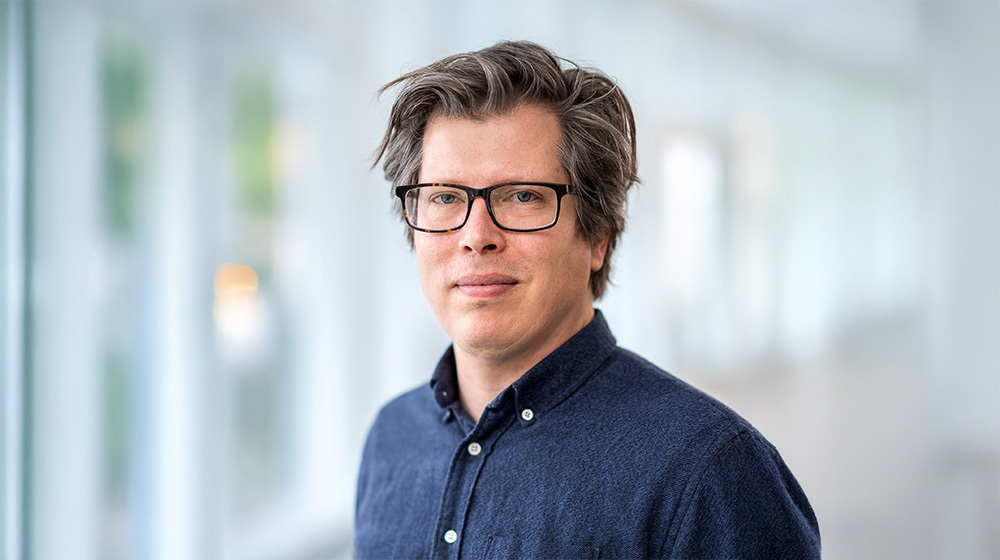New Master’s Program in Molecular Biotechnology and Bioinformatic

As life science becomes increasingly data-driven, the Departments of Protein Science and Gene Technology have been discussing a new master’s programme to address the needs. In 2026, this work will culminate in the launch of the Molecular Biotechnology and Bioinformatics program. Paul Hudson, professor of microbial bioenergy production and Programme Director, discusses the background and goals of the new initiative.
Why a new master’s programme?
“Faculty in these departments are developing new molecular biotechnologies that enable this transition. Some of these technologies, including spatial transcriptomics and precision medicine, among other areas, are already being translated into industry. To put it succinctly, significant research is being carried out in these departments that was not part of the undergraduate education – research that we thought should be included,” Paul Hudson says.
How does the new program complement the existing programs in biotechnology and life science?
“The new programme complements the existing master’s programs in Medical Biotechnology and Industrial and Environmental Biotechnology well. Compared to the existing biotechnology programmes, the new programme will provide more intensive training in the theory behind cell-wide ‘omics’ technologies, as well as in the methods for generating, analyzing, and visualizing data. These skills are core to modern biotechnology, and I have coordinated with the other Program Directors so that several courses are optional or recommended in all three programmes. That means biotechnology students who choose different master’s programs will sometimes find themselves in the same classroom again.
When it comes to the Molecular Techniques in Life Science (MTLS) programme, I have learned a lot from being on the MTLS steering group. In fact, some of the KTH-led courses in MTLS are part of the new programme. However, the new programme is designed for the KTH Biotechnology programme, where incoming students have a unique profile with more training in mathematics and modeling than is typically offered in Molecular Biology programmes. As a result, the new programme places greater emphasis on computational programming, cell modeling, and machine learning than MTLS.”
What are your hopes for the new programme?
I hope that students will find it interesting, challenging, and ultimately useful for their careers. The programme is not intended to only teach the latest trends in biotechnology, but rather to train students in the fundamentals and theory of how data is generated in biology and how that data can be analyzed and interpreted. This foundation will enable them to remain flexible and adaptable long after they leave KTH. Graduates should have many career opportunities in the life sciences, whether in academic research or in industry. I am also excited about attracting new international students to Sweden through the programme.
Text: Åsa Karsberg
